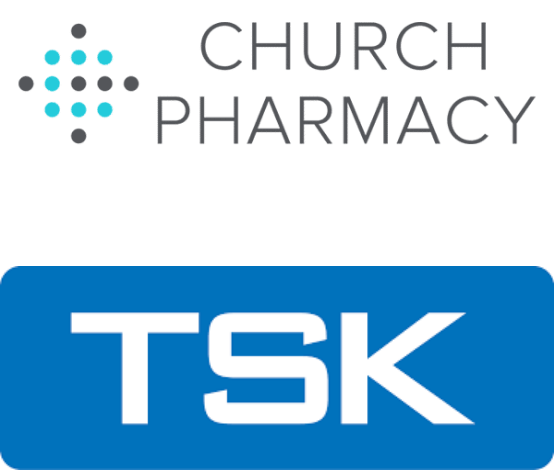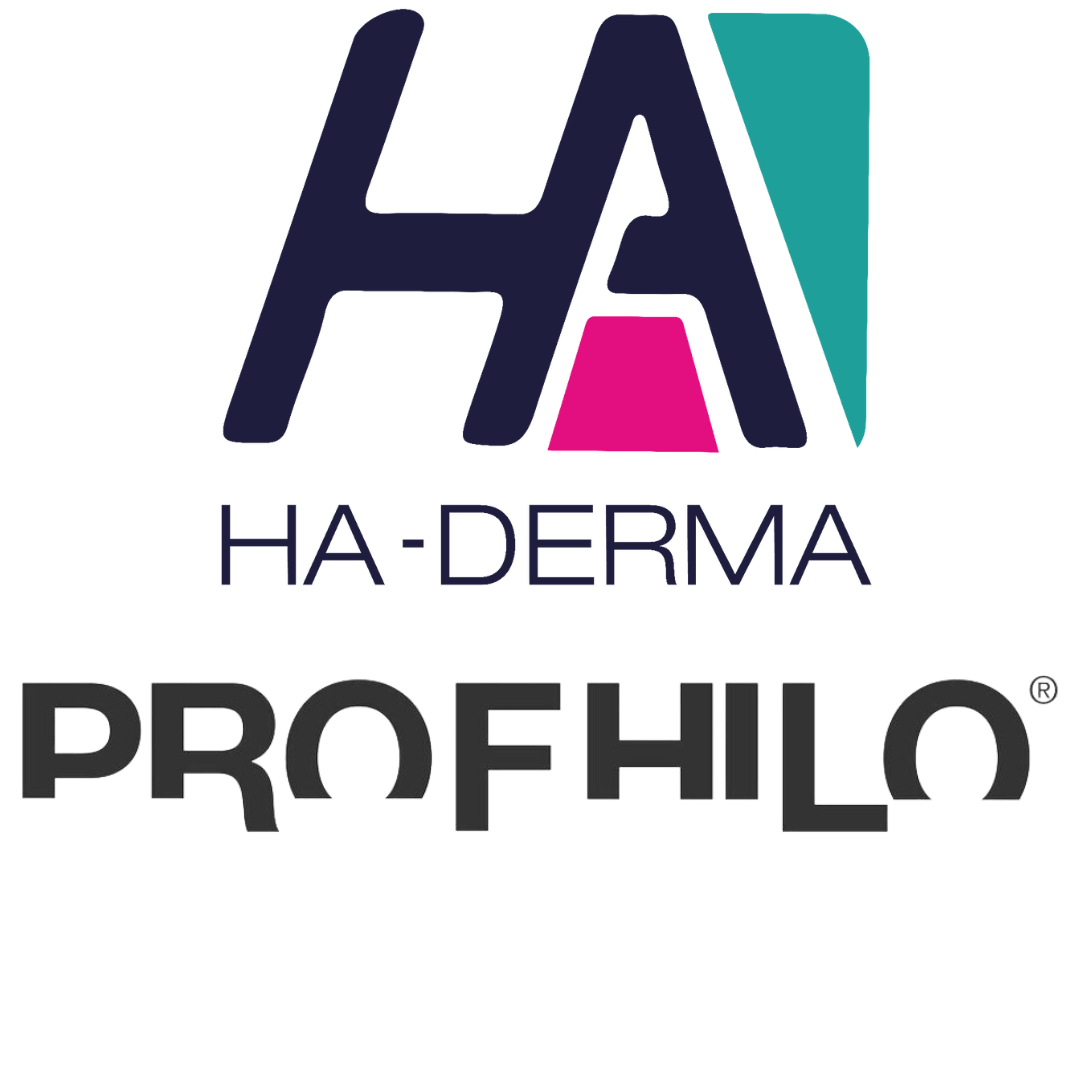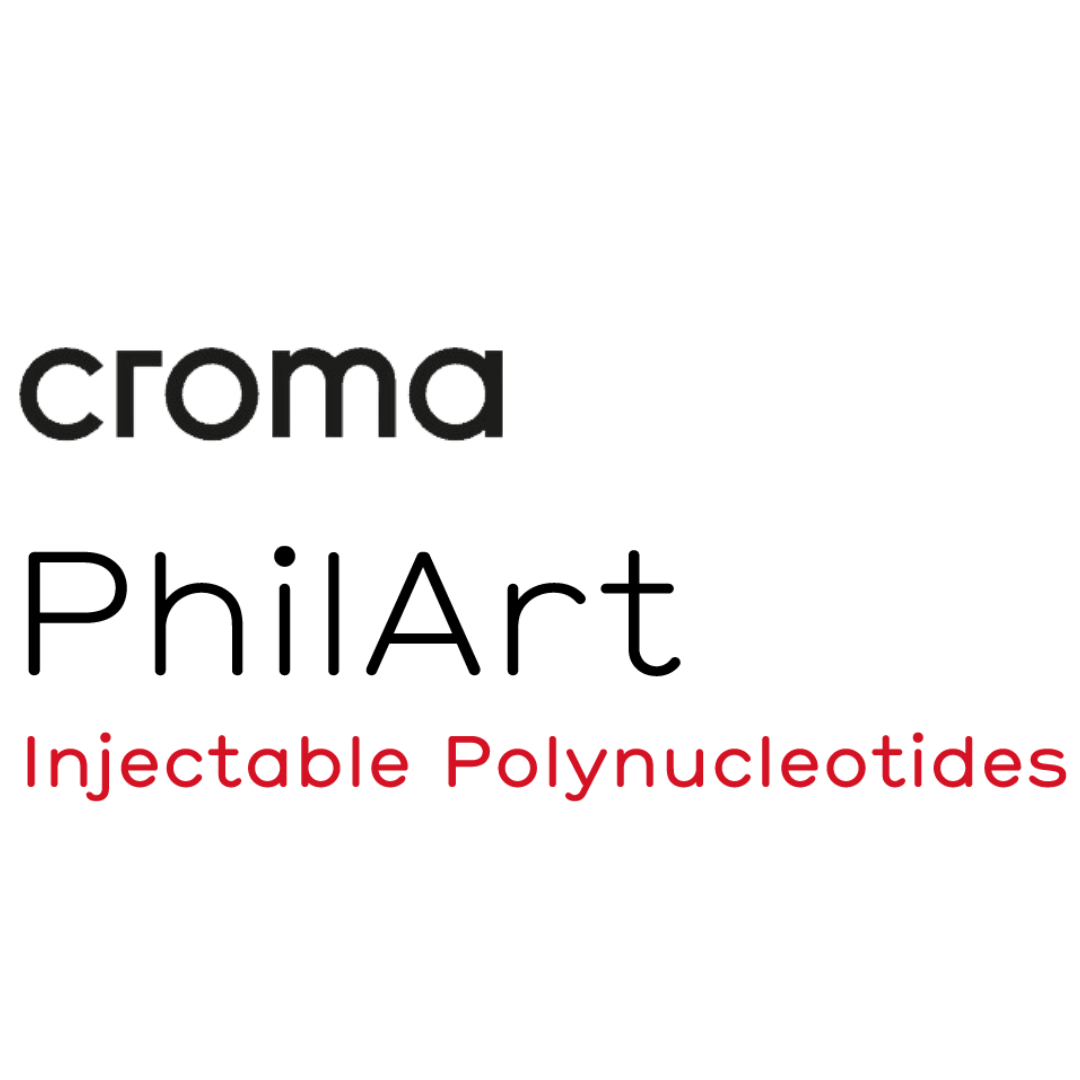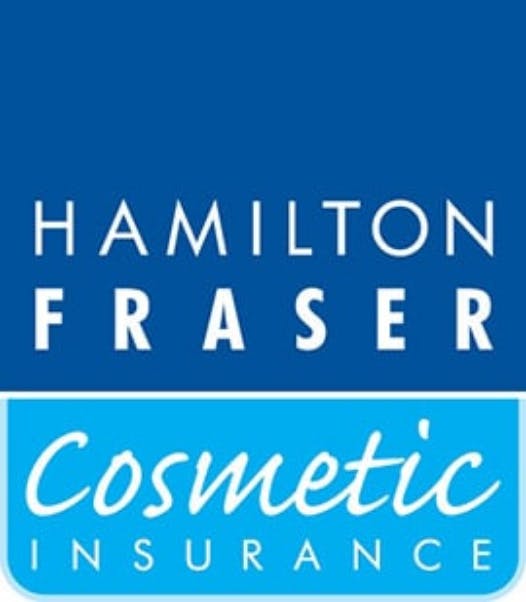Inject Gently To Avoid Filler Complications
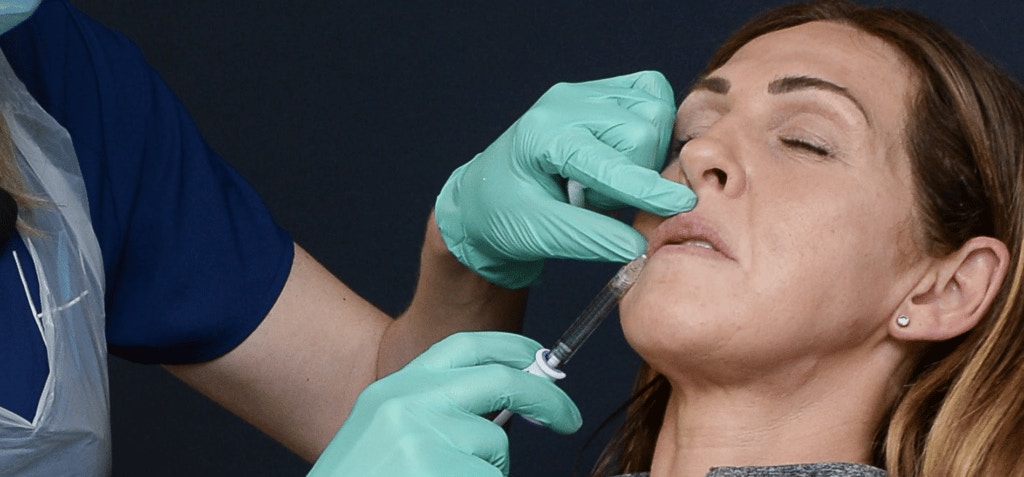
There are various injection techniques that can help you avoid complications such as vascular occlusion. These include using a cannula, injecting slowly and, now, taking a “gentle approach” has also been recommended.
This new advice comes from a South Korean study published in the Journal of Cosmetic Dermatology.
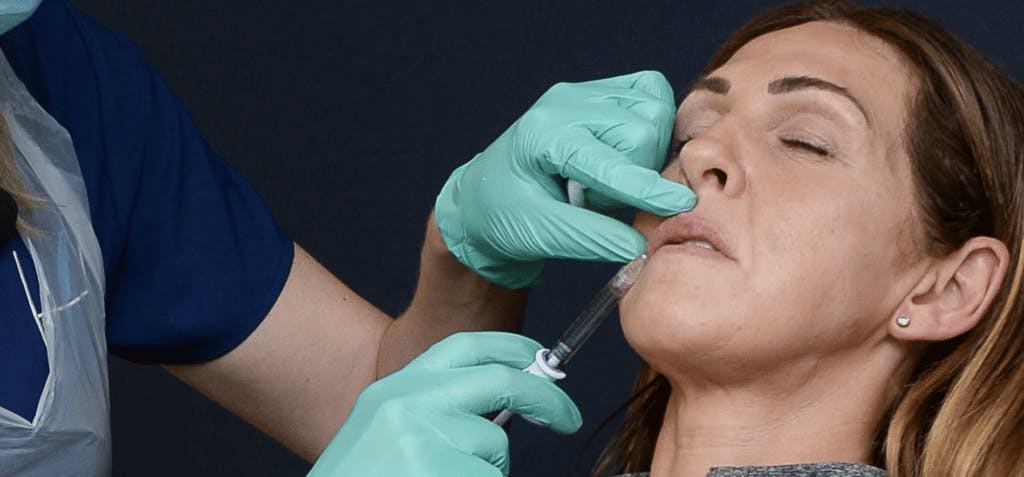
Minimising filler-related complications risk
“Owing to the increase in the number of medical procedures performed every year, the frequency of filler injection-related complications has also increased,” state the study authors.
Taking an approach that involves “slow, gentle injections with low pressure are usually considered to be safe”. Therefore, the Korean researchers wanted to determine the optimal ejection pressure for filler and “evaluate its capacity to overcome the arterial blood pressure and reflux the filler material”.
By creating an injection model to measure ejection and injection forces then calculating filler ejection pressures, the team was able to make comparisons. This involved comparing situations that comprised 12 combinations of 4 hyaluronic acid-based (HA) fillers and 3 needles, each of a different diameter.
No human or animal filler recipients were involved in this experiment.
Avoid penetration of blood vessels and intravascular injection
“The highest and lowest injection forces were achieved using 30- and 25-G needles, respectively. In accordance with the expected ejection force, high ejection pressure was achieved by administering the HA filler under a high injection force. Irrespective of the injection force, the ejection pressure was likely to be higher than the vascular pressure at the time of entry into the vessel, rendering the injection dangerous.”
The study authors concluded, “During filler injection, penetration of blood vessels and intravascular injection can be avoided by approaching the target area gently using a cannula or needle.”
Due to the fact that this trial model was purely experimental and did not involve injection recipients, further trials would be required to ascertain data as to the benefits of injecting “gently”. However, this is certainly good advice worth heeding – especially for new injectors.
Anecdotally, you will find the majority of aesthetics specialists recommend taking a slow and careful approach to injecting. The reasoning behind this is that it gives you time to ensure everything is going to plan and to correct or restart as soon as possible if you spot a problem.
Whilst injecting too slowly can sometimes be more uncomfortable for your patient, if they are properly numbed, this should not be an issue.
Vessel depth and region
The more injectables you administer, the more you will find your own style and speed. However, this type of “gentle” approach to injecting still has its place throughout your career. When starting to inject a new patient or product, or when learning to inject a new area of the face, this is a great technique to fall back on.
As Harley Academy director of education, Dr Kalpna Pindolia advises,
“Amalgamating the evidence and extrapolating it using theoretical sense, it appears prudent to inject small amounts with larger bore needles or cannula to reduce the extrusion force pressure exerted.
“Whilst the study suggests slow injections are sensible, always keep moving at a reasonable rate when administering retrograde threads as you could encounter a blood vessel as you place the filler.
“In addition, it will always be important to consider the thickness of the product and three dimensional blood vessel distribution: vessel depth as well as vessel region.”
As you can see, when it comes to injectables, it’s definitely a case of “slow and steady wins the race”!
Last fact-checked: 26 January 2023








